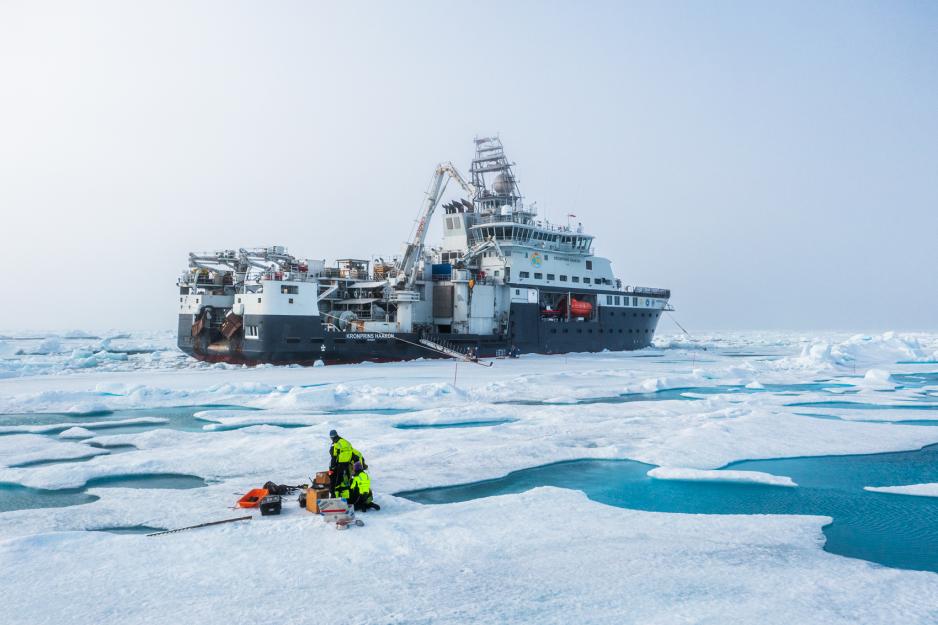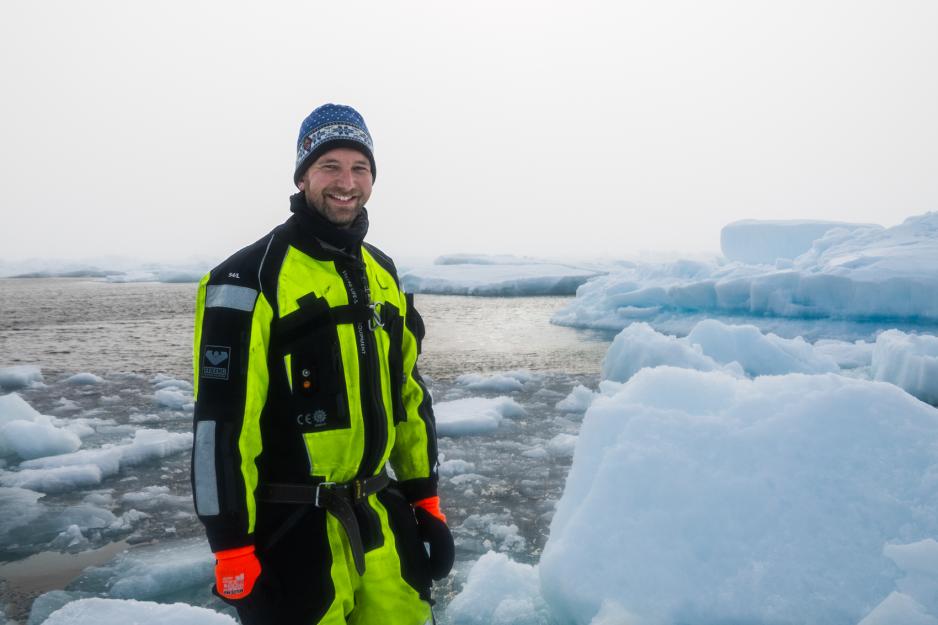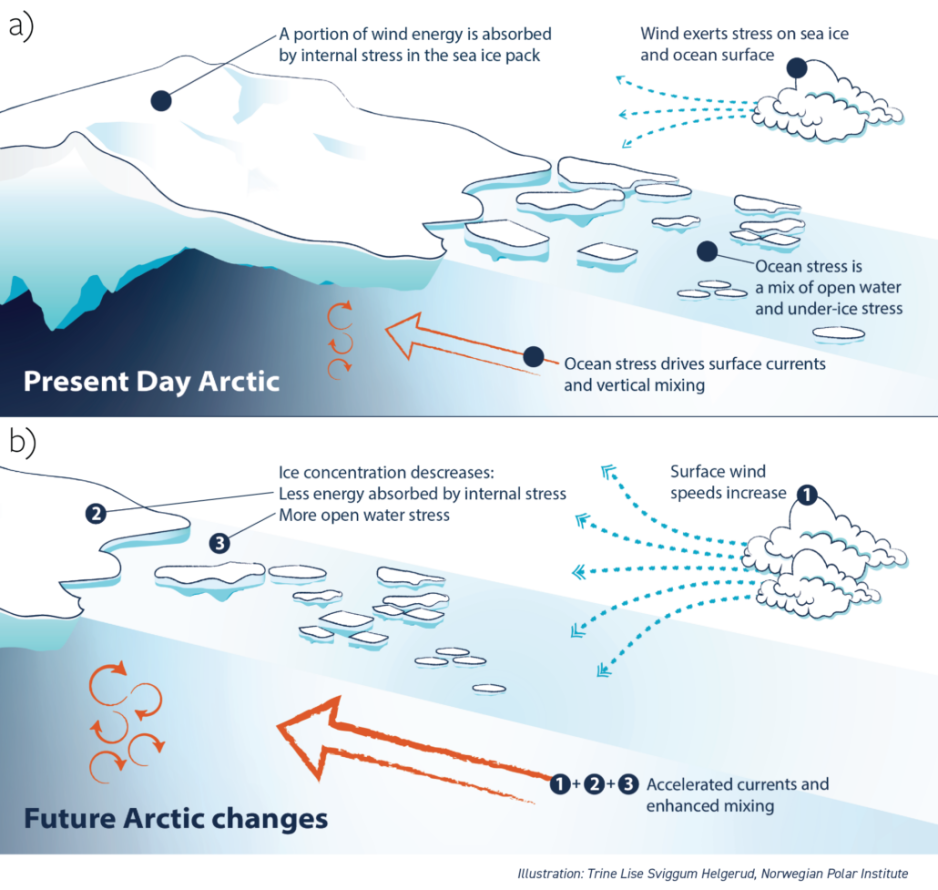New Research Says Arctic Ocean Will Be Unrecognizable by 2100

New research shows that the Arctic Ocean will look very different by 2100. (Photo: Trine Lise Sviggum Helgerud, the Norwegian Polar Institute)
New research shows that the Arctic Ocean will drastically change in the following decades and be unrecognizable by 2100.
New research published in Nature Communications shows that the Arctic Ocean will undergo major changes in the coming decades.
The research has been conducted by Morven Muilwijk, Tore Hattermann, Torge Martin and Mats A. Granskog at the Norwegian Polar Institute and GEOMAR in Germany.
The researchers used the same climate models used in the IPCC’s Sixth Assessment Report to calculate the future shape of the Arctic Ocean.
"Our latest study clearly shows that the physics and ecosystems of the Arctic Ocean will change significantly in the next 10, 50, and 75 years," says Muilwijk.

Climate researcher Morven Muilwijk during the Polar Voyage 2024. (Photo: Trine Lise Sviggum Helgerud, the Norwegian Polar Institute)
Less ice, stronger currents
The sea ice in the Arctic functions as a lid on the Arctic Ocean, shielding the water against direct wind influence.
Today, the Arctic Ocean is calm with weak currents, but as ice melts, it will be more exposed to wind. The wind will also create stronger currents, first on the surface and then further down in the water column.
Stronger winds could lead to ice melting from below
Less ice makes wind have a greater impact on the ocean, in other words.
Previously, the ice cover absorbed large parts of the wind energy, but as it becomes thinner and more mobile, the ice absorbs much less wind energy, and the energy is transferred more directly through the ice to the sea, says the climate researcher.
This leads to stronger ocean currents and mixing of the clear stratification in the Arctic Ocean.
Today, the Arctic Ocean has a distinct stratification in the water column. Fresh, cold Arctic water is at the surface, while salty, warm Atlantic water is further down.

The illustration showcases the development in the Arctic Ocean and the consequences of melting sea ice.(Illustration: Trine Lise Sviggum Helgerud, the Norwegian Polar Institute)
"Mixing of the two layers of water will have two major consequences," explains the researcher to High North News.
"First, it can contribute to mixing warmer water upward from depth towards the surface. This warm water can contribute to the melting of sea ice from below and, hence, further accelerate and reinforce the decline of Arctic sea ice."
"Secondly, it can alter the distribution of nutrients in the water column and hence affect phytoplankton growth."
Changing the entire ecosystem
As the water layers in the Arctic Ocean mix, it will have consequences for the entire ecosystem.
The more the layers mix, the more nutrients will swirl up from the depths and become available for phytoplankton living in the top layer of the water.
The researchers write that when phytoplankton gets better conditions to grow in, it will have ripple effects for the entire ecosystem.
What specific ripple effects will this have?
"This remains unknown, and our study does not investigate the effects on the ecosystem. More research is needed to answer this. We can only tell that since mixing is important, there will likely be an impact," the researcher tells High North News.



